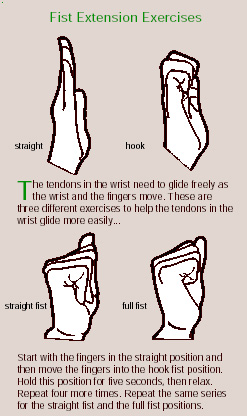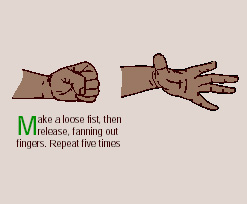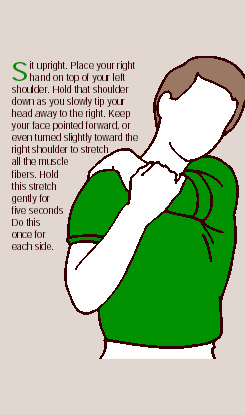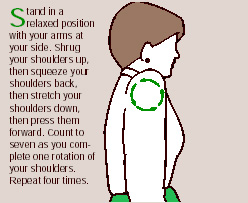I used to think Carpal Tunnel Syndrome was just an excuse people used when they didn’t want to do something around the office. Well, there’s nothing like getting that pain yourself to suddenly become sympathetic! Here’s what it actually is and ways to remedy the problem …
My physical therapist passed the following information on to me when I asked her for help, and it will be useful to you as well…
How do you know if you have Carpal Tunnel? If you do, you’ll probably “experience feelings of numbness, weakness, tingling, and burning in your fingers and hands …”
What is a Carpal Tunnel? It’s A narrow tunnel in the wrist made up of ligament and bone. (see pictures* directly below)
  Why does Carpal Tunnel Syndrome Happen? According to the American Physical Therapy Association, Carpal tunnel syndrome results from “repeatedly performing stressful motions with your hand or holding your hand in the same position for long periods of time.” It attacks the body’s musculoskeletal system, which is made up of “muscles that pull on tendons and move the bones at the joints.
 Why does Carpal Tunnel Syndrome Happen? According to the American Physical Therapy Association, Carpal tunnel syndrome results from “repeatedly performing stressful motions with your hand or holding your hand in the same position for long periods of time.” It attacks the body’s musculoskeletal system, which is made up of “muscles that pull on tendons and move the bones at the joints.
What can you do to minimize Carpal Tunnel Syndrome?**Â According to MayoClinic.com’s carpal tunnel syndrome guide, you need to modify your behavior by:
- Reducing wrist bending. A relaxed middle position is best.
- Relaxing your grip.
- Choosing writing tools wisely. When writing, use a thick pen with an oversized, soft grip adapter and free-flowing ink.
- Taking breaks. Stop every 15 to 20 minutes and gently stretch and bend your hands and fingers.
- Using proper posture. Poor posture causes your shoulders to roll forward, shortening your neck and shoulder muscles and compressing nerves in your neck. Nerve impulses from your wrists, fingers and hands must travel through your neck to reach your spinal cord and brain.
- Keeping your hands warm.
Also, you need to start performing exercises*, and you need to really commit to doing these consistently. Here are a few exercises you can start with:
Here’s another hand exercise:
Here are two easy shoulder exercises:
It’s important to remember that wrist position is key to controlling your carpal tunnel syndrome symptoms …The more your wrist is bent, the more pressure is put on your median nerve. For this reason, changing how you do repetitive hand activities or avoiding those activities mentioned above can help.
You can find the information and illustrations above from the America Physical Therapy Association (apta.org) and the above information about activity modification and more from the Mayo Clinic (mayoclinic.com).
___________________________________________________________________________________________
Illustration and Information Credits:Â
*Illustrations are from American Physical Therapy Association Carpal Tunnel Sydrome: http://www.apta.org/AM/PrinterTemplate.cfm?Section=Jome&TEMPLATE=/CM/HTMLDisplay.cfm&CONTENTID=24757
** Information is from MayoClinic.com Carpal tunnel syndrome guide:Â http://www.mayoclinic.com/health/carpal-tunnel-syndrome/CP99999/PAGE-CP00007




